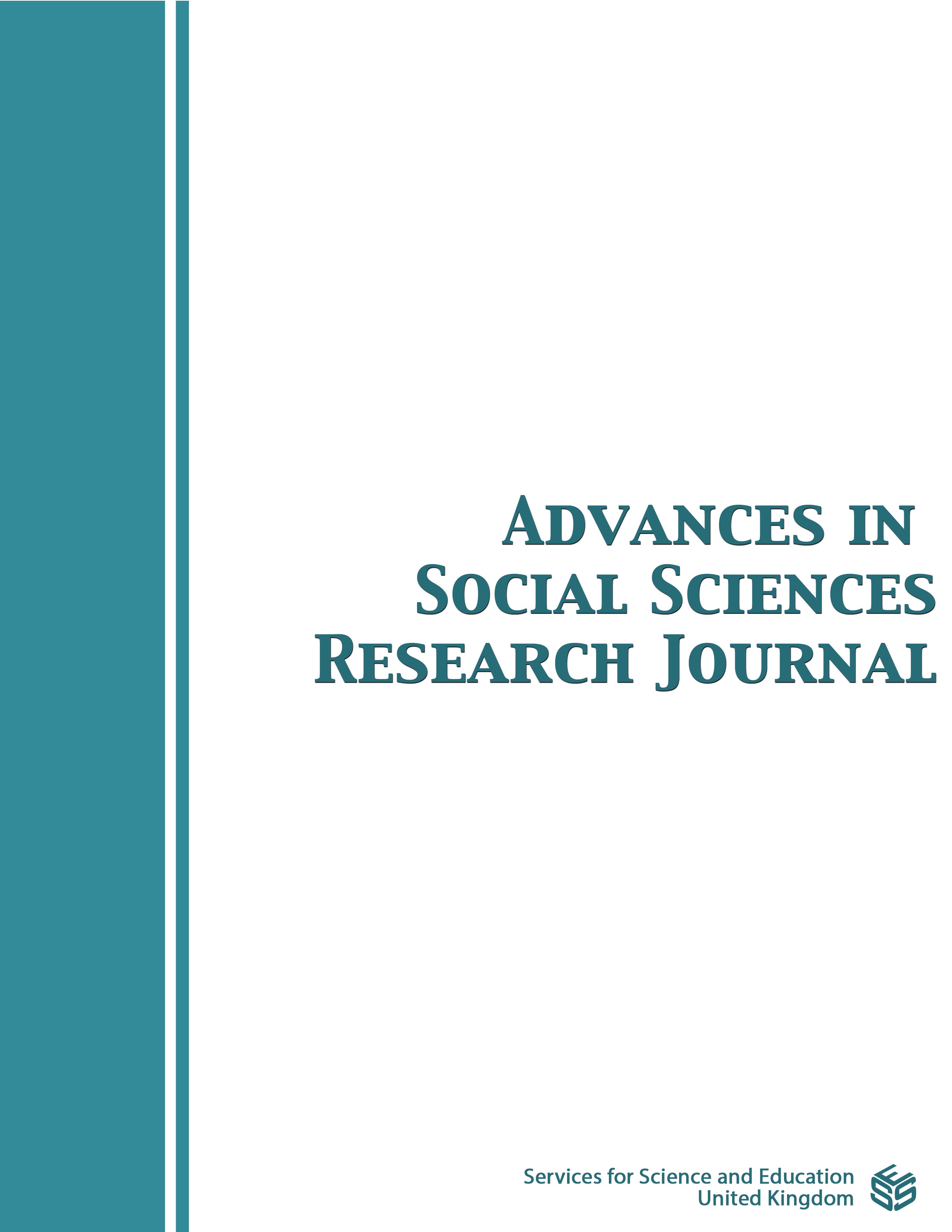Spatial Hierarchy of Climate Injustice
DOI:
https://doi.org/10.14738/assrj.912.13648Keywords:
Climate Injustice, Spatial Climate Injustice Hierarchy, Global Climate Injustice Hierarchy, Regional Climate Injustice Hierarchy, Local Climate Injustice Hierarchy.Abstract
Background: Climate justice has emerged as an organising frame in the attempt at addressing the challenge of climate change. The principle that there should be no disproportionality in the burden of climate change, which underlies climate justice, is widely accepted. Be that as it may, climate justice analysis is usually based on an assumption that the global climate system is the norm. This article, based on facts and figures, makes the case for a spatial hierarchical organization of climate justice analysis. Methods: Data from four sources are used. These are published researches, position papers by climate change related organizations, statistical bulletins/abstracts of relevant organizations, and field observations/field records. A descriptive approach is the basic information/data analysis method from which conclusions are derived. Results and Discussion: Three spatial tiers of climate change and associated climate injustice (global, regional, and local) are identified, characterized and analyzed. The global one, which is the usual one discussed by extant works, though couched in terms of anthropogenic climate change, has a natural dimension. In contradistinction, the regional and the local ones are purely anthropogenic. The regional component examined is regional transborder pollution and the associated challenge of acid precipitation. Gas flaring in the Niger Delta region of Nigeria and the associated challenges form the basis of the local dimension. Conclusion: Climate (in)justice cannot be analyzed simply from the perspective of the global climate system. A spatial hierarchical organization is possible. Such a framework could be employed in other cases beyond the examples used here.
Downloads
Published
How to Cite
Issue
Section
License
Copyright (c) 2022 Chris O. Ikporukpo, Ninane Nina Ikporukpo

This work is licensed under a Creative Commons Attribution 4.0 International License.
Authors wishing to include figures, tables, or text passages that have already been published elsewhere are required to obtain permission from the copyright owner(s) for both the print and online format and to include evidence that such permission has been granted when submitting their papers. Any material received without such evidence will be assumed to originate from the authors.






